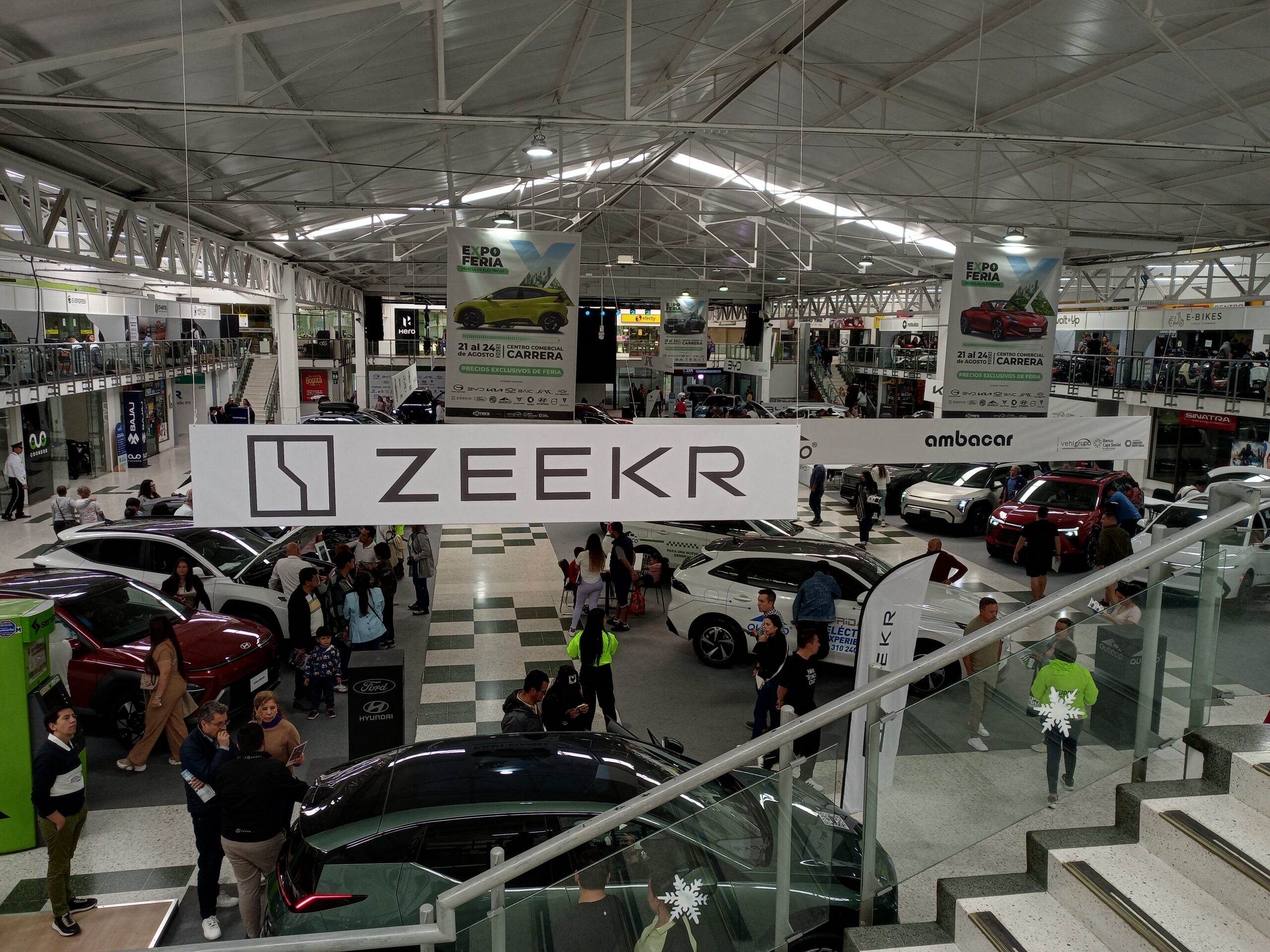Surveying and mapping are indispensable in mining as geospatial and subsurface data constitute the foundation of any mining project. Miners rely on surveys and mapping throughout the mine lifecycle, from scoping out potential locations and ore deposit modelling to mine design, planning, safety and monitoring.
The advancement of digital technologies, 3D imaging and visualisation software has driven the demand for advanced mining survey equipment that is cost-effective, compact, and easy to use. They can also provide and process real-time data for different mining applications.
Finding mining survey equipment suppliers
Mining Technology has listed leading suppliers of mining survey systems and equipment based on its intel, insights and decades-long experience in the sector.
The list includes suppliers of aerial imagery systems, advanced lidar surveying equipment, photogrammetric surveying instruments, high-specification laser scanning systems, unmanned aerial systems (UAS) and specialised mining survey software solutions.
The information contained in the download document is designed for mine surveyors, mining engineers and consultants, geologists, geotechnical engineers and consultants, mine planners, exploration and mining project directors, environmental compliance coordinators, mine safety officers and any other individual involved in mine exploration, mapping, planning, design, operations and expansion.
The document contains detailed information on the suppliers and their products and services, alongside contact details to aid your purchasing or hiring decision.
Mine survey and mapping solutions
Surveys and mapping services are being used in a range of mining applications to achieve safety, productivity and security goals. They play a crucial role in mineral exploration, mine design and expansion planning, measurement of areas and volumes mined, environmental rehabilitation, risk assessment, as well as monitoring tailings dams, acid mine drainage and the stability of slopes.
The survey and mapping equipment and technologies used in the mining industry include, but are not limited to:
- Terrestrial, mobile and airborne high-specification laser scanning systems and 3D modelling
- Advanced lidar and photogrammetric surveying instruments
- Geophysical imaging instruments and geotechnical measurements and surveying apparatus
- Hyperspectral remote sensing solutions and 3D seismic reflection tools
- Directional core drilling, as well as gyroscopic and magnetic borehole survey tools
- Remote underground surveying solutions, including cavity monitoring aerial robots
- Mine stockpile and inventory measurement solutions
- Slope-monitoring and ground-penetrating radar systems for mining applications
- Unmanned aerial vehicles (UAVs) for mining applications
- Remote visual inspection cameras and robotic crawlers
Surveying in underground mines
Underground mining surveys require specific techniques due to geometric constraints such as vertical shafts and narrow passages. There has been a growing demand for automated underground surveying solutions to measure and record the progress of underground mining works, monitor cavity deformations, and assess the stability of underground environments.
While portable laser scanning solutions are being increasingly utilised for underground mine surveying applications, the popularity of surveying drones has grown substantially in recent years, as they can reach restricted hazardous underground areas.
Ultra-compact and lightweight drones integrated with improved sensors, computer algorithms and lidar and simultaneous localisation and mapping (SLAM) capabilities can provide real-time 3D images to improve the understanding of the underground conditions and assess anomalies more efficiently.
In addition to real-time 3D visualisation, the application of virtual reality (VR) and augmented reality (AR) technologies can transform underground mining surveying and mapping to the next level of enhancing the safety, security, and productivity of underground operations within the mining industry.
Frequently asked questions
-
What is the role of survey systems in mining?
Survey systems in mining are essential for collecting geospatial and subsurface data throughout a mine’s lifecycle, from exploration to safety monitoring. These systems help in mine design, risk assessments, and tracking operational progress, ensuring accurate and efficient decision-making.
-
How do laser scanning systems benefit mining surveys?
High-specification laser scanning systems provide precise, real-time 3D models of mine areas. They enhance accuracy in volume measurements, mine expansion planning, and structural integrity assessments, reducing the need for manual measurements and improving safety.
-
What is the importance of UAVs in modern mining surveys?
Unmanned Aerial Vehicles (UAVs) offer a non-invasive and highly efficient way to survey large or hazardous mining areas. Equipped with sensors and cameras, they gather accurate data for mapping, monitoring stockpiles, and assessing mine conditions remotely, reducing risk to personnel.
-
How is lidar used in mining?
Lidar (Light Detection and Ranging) technology is used for creating detailed topographical maps and models of mining sites. It accurately measures distances and captures data that helps with planning, environmental monitoring, and the analysis of geological structures.
-
What solutions are available for underground mining surveys?
Automated systems like cavity monitoring robots and drones equipped with lidar and SLAM technology are commonly used for underground surveys. These systems provide real-time 3D images, allowing for safer and more efficient exploration and monitoring of underground spaces.




